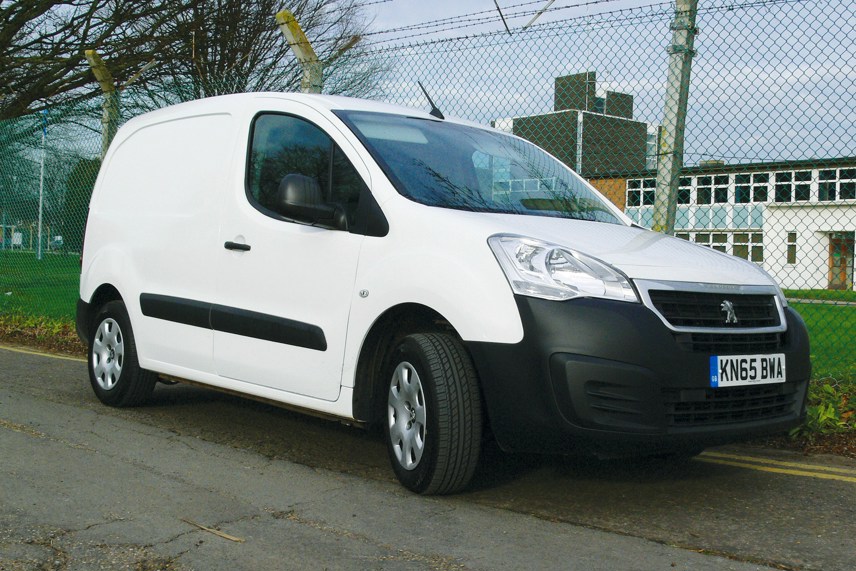Review
The big news this year as far as vans are concerned is the introduction of Euro 6 emissions standards on September 1. After that date, all LCVs registered must conform to the cleaner regulations which means, in a nutshell for fleet buyers, a price hike in exchange for cleaner air.
When Euro 6 was introduced for trucks in 2013, there was a huge rush for Euro 5 models before the cut-off date. With van manufacturers bringing in Euro 6 models already ahead of the September deadline, should fleets rush out and buy Euro 5 models or wait for cleaner versions? In the case of the van on test here, the Peugeot Partner in Euro 5 format, the Commercial Fleet online running cost calculator came up with some rather interesting figures.
At present, the only Euro 6 engine available from Peugeot is the BlueHDi 100 version (more will follow soon) and on the face of it, this van looks a worthy contender, offering an official combined fuel economy figure of 67.3mpg against our test van’s 56.5mpg. CO2 emissions are much better, too, at 110g/km against our van’s 131g/km.
But a glance at the price lists shows that the Euro 6 model costs an extra £2,322 (although payload is at 50kg vs the Euro 5’s 625kg), so at today’s fuel prices and over 80,000 miles, the newer model will use only £1,113 worth of fuel less than the Euro 5 one, making our van a financial winner.
Operators will also have to fill the AdBlue tank every so often on the Euro 6 model, thus skewing the figures even more in the Euro 5 model’s favour.
So there is a clear choice here – save money or reduce emissions. Cost-conscious fleet operators may well choose the first option.
The Partner has been a favourite among fleet buyers since the mid-1990s and also makes an appearance as the Citroën Berlingo.
In a couple of years’ time, this van will also be taken up by Vauxhall and turned into the Combo – the present Combo being a rebadged Fiat Doblo.
Our test vehicle was the lowest-powered 75hp 1.6-litre diesel variant with a Professional badge on the back, which is aimed directly at fleets with equipment such as air-conditioning, reversing sensors, a touchscreen digital radio and audio system, and a TomTom sat-nav unit.
In the rear end, there’s a full-height mesh bulkhead, a payload of 625kg and a loadspace of 3.3 cu m.
The Partner is also available in long wheelbase form for those needing extra cargo space, increasing the capacity to 3.7 cu m.
Our test model also had full ply-lining in the back which costs around £200.
The Partner has been treated to various facelifts over the years to keep it fresh, the most recent being last summer when various modifications were introduced.
The result of all this is a very smart looking vehicle that offers a smooth driving experience, plenty of power even with the 75hp engine, comfortable and supportive seats and a quiet cabin even with a mesh bulkhead.
Verdict
Bearing in mind the figures above, I predict a rush for vans like this as the deadline for Euro 6 approaches. While everyone wants to help save the planet, sadly financial concerns must come first in the buying equation for many cash-strapped fleets.
















